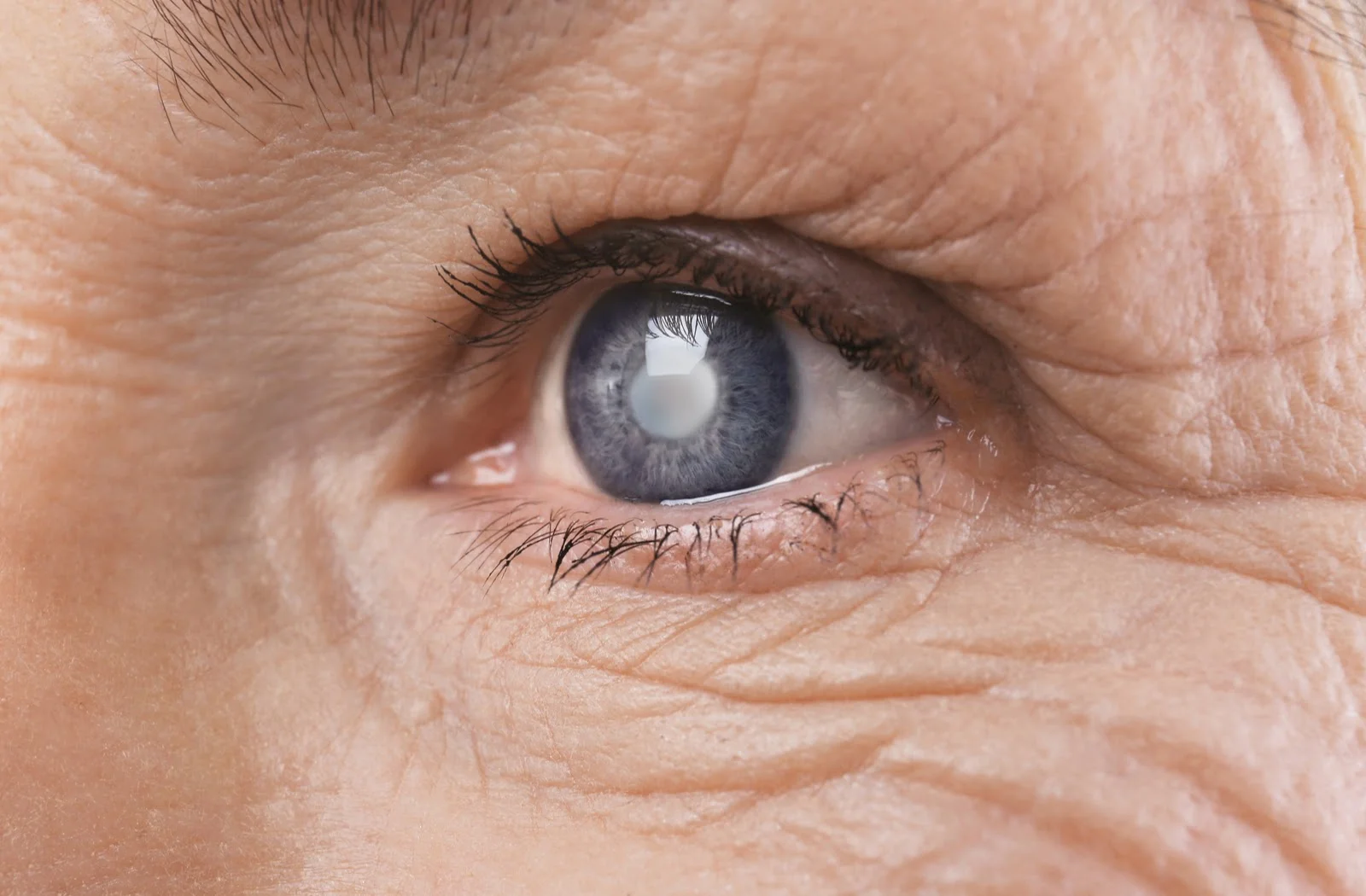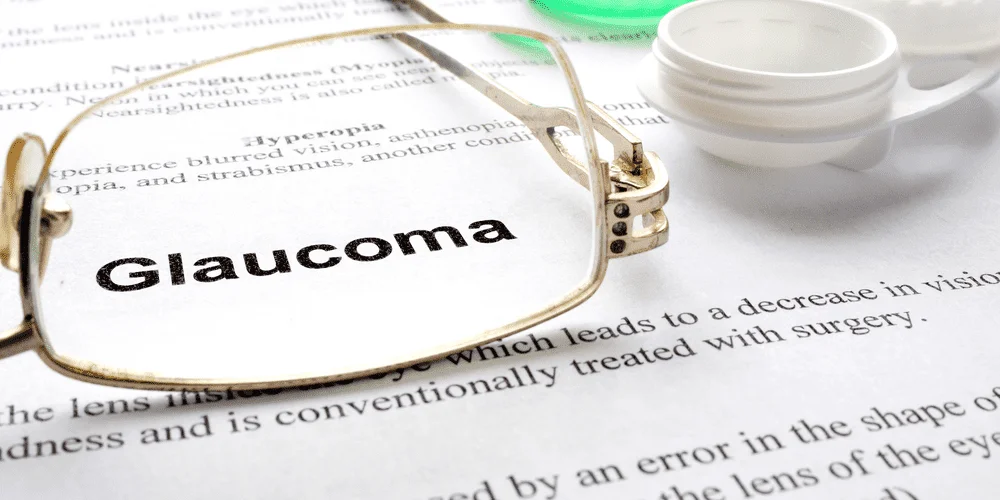Glaucoma refers to a group of eye diseases, causing vision loss and blindness by damaging a nerve in the back of the eye (optic nerve).Glaucomais known as a chronic eye illness cause the symptoms start so slowly that you may not notice them. It is usually linked to a buildup of pressure inside the eye. As the damage caused by glaucoma worsens, the vision loss may become permanent.
It’s best to have regular eye exams to be able to catch glaucoma before causing permanent damage. Although it’s more common in older adults, it can occur at any age. Glaucoma is the leading cause of blindness for people over the age of 60. Glaucoma tends to run in families. You usually don’t get it until later in life.
What are the typesof glaucoma?
Open-angle glaucoma
Acute angle-closure glaucoma
Normal-tension glaucoma
Glaucoma in children
Pigmentary glaucoma

What are the causes of glaucoma?
Many reasonscause glaucoma, in most cases, it is caused by a build-up of pressure in the eye when fluid is unable to drain properly. The increased pressure damages the nerve connecting the eye to the brain. Reasons which increase the risk of glaucoma include:
Age – glaucoma becomes more common as you get older
Ethnicity – people of African, Caribbean, or Asian origin are at a higher risk
Family history – you're more likely to develop glaucoma if you have a parent or sibling with the condition
Other medical conditions – such as short-sightedness, long-sightedness, and diabetes
What are the symptoms of glaucoma?
Glaucoma happens so slowly that patients may not notice any symptoms at first. Over time, they will notice vision loss, starting from the side vision (parts closest to the nose). Without treatment, glaucoma can eventually cause blindness. The symptoms of each type of glaucoma include:

Open-angle glaucoma
No symptoms in the early stages
Gradually, patchy blind spots in side vision (peripheral vision)
In later stages, difficulty seeing things in your central vision
Acute angle-closure glaucoma
Severe headache
Severe eye pain
Nausea or vomiting
Blurred vision
Halos or colored rings around lights
Eye redness
Normal-tension glaucoma
No symptoms in the early stages
Gradually, blurred vision
In later stages, loss of side vision
Glaucoma in children
A dull or cloudy eye (infants)
Increased blinking (infants)
Tears without crying (infants)
Blurred vision
Nearsightedness that gets worse
Headache
Pigmentary glaucoma
Halos around lights
Blurred vision with exercise
Gradual loss of side vision

How common is glaucoma & who’s at risk?
Glaucoma is a common age-related eye issue and the second leading cause of blindness after cataracts. Those at higher risk, need to have a comprehensive dilated eye exam every 1-2 years. You’re at higher risk of glaucoma if you:
Are over age 60
Are African-American and over age 40
Have a family history of glaucoma
How is glaucoma diagnosed?
An eye pressure test is not enough to findglaucoma, but a complete eye exam will. During this your ophthalmologist will:
Measure your eye pressure
Inspect your eye's drainage angle
Examine your optic nerve for damage
Test your peripheral (side) vision
Take a picture or computer measurement of your optic nerve
Measure the thickness of your cornea
In case you are concerned about your vision, you should visit an ophthalmologist. It’s best to diagnose and treat glaucoma in early stages, to stop development.

What’s the treatment for glaucoma?
Although glaucoma treatment won’t undo any damaged vision, it can stop it from getting worse. The treatment options include medication (eye drops), laser treatment, and surgery. These treatments include:
Medicines
As the most common treatment, eye drops are used to lower the pressure in your eye and prevent damage to the optic nerve. Some eye drops decrease fluids and increase drainage to improve eye pressure. Since glaucoma is a lifelong condition, daily eye drops may be needed for life.
Laser treatment
Your ophthalmologist will use a laser to help improve fluid drainage from your eye. This is a simple procedure that can be done in the office. Your provider may suggest lasers as a first-line therapy instead of drops or in addition to eye drops. Although the results from laser treatment can last for years, they may not replace the use of eye drops completely.
Surgery
In cases where medication and laser treatment don’t work, your ophthalmologist may suggest surgery. This type of treatment can achieve eye pressure control faster than drops or lasers. Surgery can help slow down vision loss, but it can’t restore lost vision or cure glaucoma. The traditional surgery is minimally invasive glaucoma surgery which involves cutting your eye. The types of surgeries available for glaucoma, especially the less invasive MIGS procedures, continue to expand and evolve. Depending on the specific type of severity, your doctor may choose a different type of glaucoma surgery.
Conclusion
In conclusion, glaucoma is a group of eye disorders that cause damage to the optic nerve, often related to increased pressure in the eye. This damage can lead to vision loss, and in severe cases, blindness. Glaucoma can occur at any age but is more common in older adults. The disease often shows no symptoms in its early stages, making regular eye exams crucial for early detection. There are different types of glaucoma, including open-angle glaucoma and angle-closure glaucoma, each with its own characteristics and treatment methods. While there is currently no cure for glaucoma, treatments such as medication and surgery can slow or prevent further vision loss. Therefore, understanding the nature of this disease and the importance of regular check-ups can help in managing its progression and mitigating its effects.
Read more: